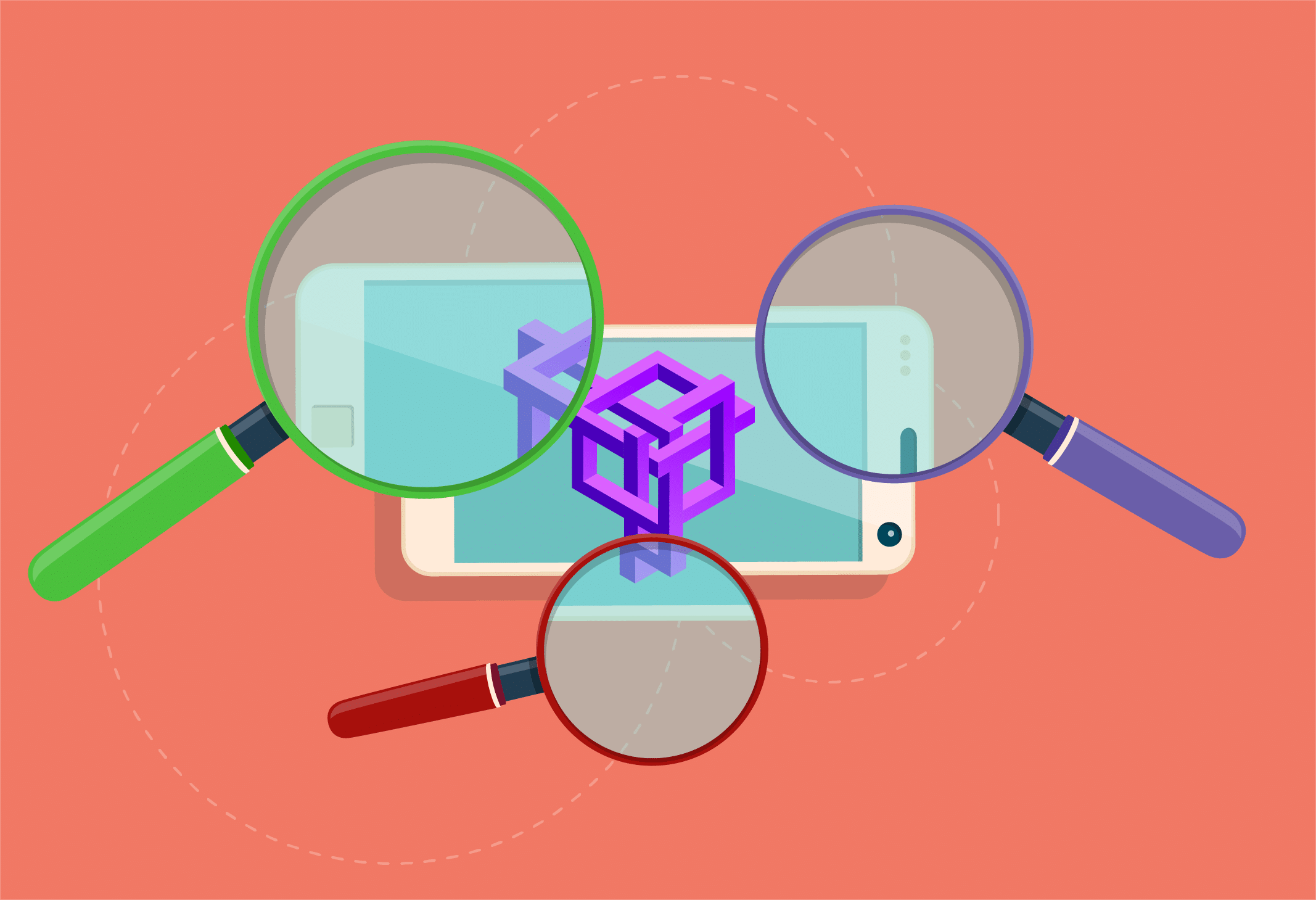The idea of mobile learning, or mLearning, can seem paradoxical. On one hand, we want learners to pay attention to the content; on the other, we ask them to do it using devices that, quite frankly, are built for distraction. What’s an organization to do? Dig in and figure it out, because mLearning offers better retention, higher engagement, and quick recall than traditional learning methods.
The trick to minimizing distraction is building mechanics into mLearning that give learners the chance to focus on what matters most. Here are five ways to make it happen.
- Keep it short and sweet. Think of mobile phones as an index card. You can only force so much information on that little 3”x”5” piece of paper, right? The same goes for mLearning. Learners who have to swipe and scroll to get through pages of content are going to lose focus faster than you can say “Facebook.” So, get creative about how you present information. A video gives you more space to “tell” while using the screen to “show.” A flash card image might help when learners need information on the run. Give learners exactly what they need; no more.
- Diversify. People love smartphones because of the sheer array of content they can get at any given time. How can your mLearning keep up? Offer a more diversified approach: introduce different types of characters and scenarios and get creative with the media you use. When you do, learners are less likely to get bored and swipe away after a minute or two. Keep learners guessing, and they’ll stay put.
- Keep mobile in mind. There’s nothing more frustrating than trying to read a website or manipulate content that was clearly not optimized for smaller screens. When designing for mobile learning, always keep user experience front and center. It should be easy to read, click, tap, or interact with – on any device.
- Use onboard tools. Too often, organizations see mLearning as just displaying information on a smaller screen. But that’s only using around 5 percent of what smartphones can really do. By utilizing smartphone mechanics like location services, games, pressing, pinching, or even the onboard microphone, you help your learners find different ways to learn and stay engaged.
- Assess often. A study published in the Proceedings of the National Academy of Sciences of the United States of America found that testing is one of the most effective ways to increase information retention. When compared to groups that did not participate in assessment testing, groups assessed via mini-quizzes retained 20 percent more information. mLearning has the added advantage that assessments help learners see their progress in real time, and they can choose to navigate back and keep trying until they improve. It’s like any video game: failing at the end of the level only makes you want to go back and try again.
Mobile devices are entertainment, education, communication, and fun all rolled into one—and a major source of distraction. By building mobile learning with these five nuggets in mind, you can ensure that your learners get the most out of every mLearning module—at least, until it’s time for them to check their social media again.






